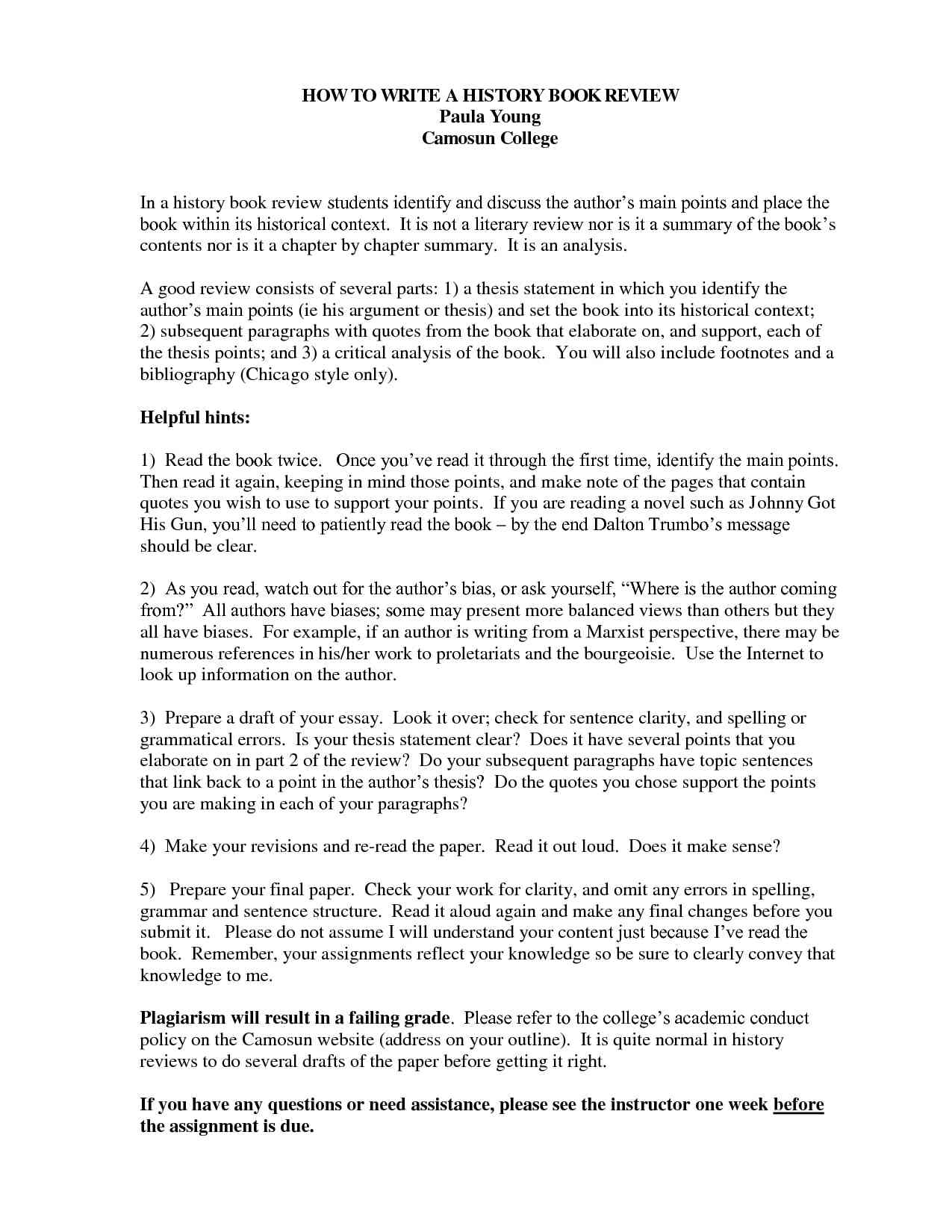Writing an academic review of a book involves carefully analyzing and evaluating the content, structure, and arguments presented in the text. Here are some steps to follow when writing an academic review of a book:
1. Introduction: Begin your review by providing some background information about the author, the book's title, publication date, and any relevant context that will help readers understand the book's significance.
2. Summary: Summarize the main arguments and key points made by the author in the book. Be sure to highlight the main thesis of the book and how the author supports their arguments.
3. Analysis: Critically evaluate the strengths and weaknesses of the book. Consider the author's use of evidence, the clarity of their arguments, and the overall effectiveness of their writing style. Discuss how well the author achieves their goals and whether their arguments are convincing.
4. Context: Place the book in the context of the existing literature on the subject. Discuss how the book contributes to the field and whether it offers any new insights or perspectives.
5. Conclusion: Summarize your overall assessment of the book, highlighting its strengths and weaknesses. Provide recommendations for who might benefit from reading the book and how it could be used in academic or professional settings.
6. Citations: Be sure to properly cite any quotes or references from the book, as well as any other sources you used in your review.
Remember to maintain a professional and objective tone throughout your review, focusing on the content of the book rather than personal opinions. By following these steps, you can write a thorough and insightful academic review of a book.

